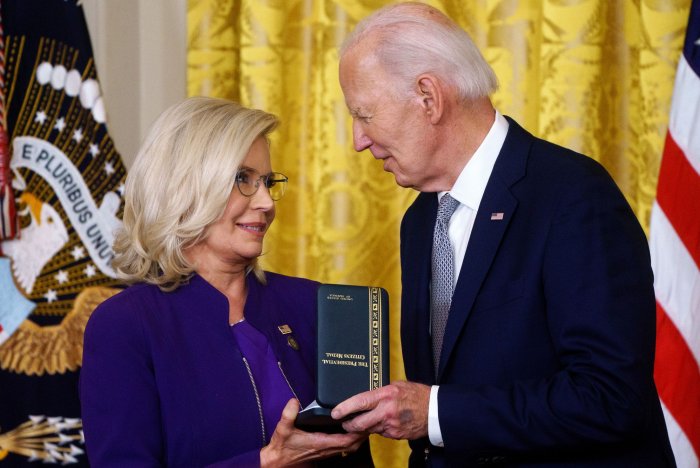November home sales show supply dipping
Dec. 19 (UPI) — Sales of previously owned homes rose 0.5% in November from October, reflecting a slowdown, due to high mortgage rates, high prices and less supply.
Home sales were 1% lower than November 2024, according to the National Association of Realtors. Sales came in at an annualized rate of 4.13 million units.
The numbers are based on closings, so contracts may have been signed in the preceding months when rates dipped slightly.
Supply fell in November after rising most of the year. The association said there were 1.43 million homes for sale at the end of the month, which is down 5.9% from October, but up 7.5 percent year-over-year.
That’s a 4.2-month supply. A six-month supply is considered balanced between buyer and seller.
The average 30-year fixed-rate mortgage rate was 6.24%, down from 6.25% in October and 6.81% from a year ago, showing slow change in rates.
The median existing-home price for all housing types was $409,200, up 1.2% from a year ago.
The median time on the market for properties was 36 days, up from 34 days last month and 32 in November 2024.
“Existing-home sales increased for the third straight month due to lower mortgage rates this autumn,” said the Association of Realtors’ Chief Economist Lawrence Yun in a statement. “However, inventory growth is beginning to stall. With distressed property sales at historic lows and housing wealth at an all-time high, homeowners are in no rush to list their properties during the winter months.”
Month-over-month sales increased in the Northeast and South, showed no change in the West, and fell in the Midwest. Year-over-year sales showed no change in the Northeast and South, and decreased in the Midwest and West.
“Wage growth is outpacing home price gains, which improves housing affordability. Still, future affordability could be hampered if housing supply fails to keep pace with demand,” Yun said. “As has been the case throughout the year, single-family home sales outperformed condominium sales in November. The typical price of a sold condo was 13.5% lower than the typical price of a single-family home. However, the purchase price does not include the condominium association fees, which are rising and making these purchases more expensive.”


